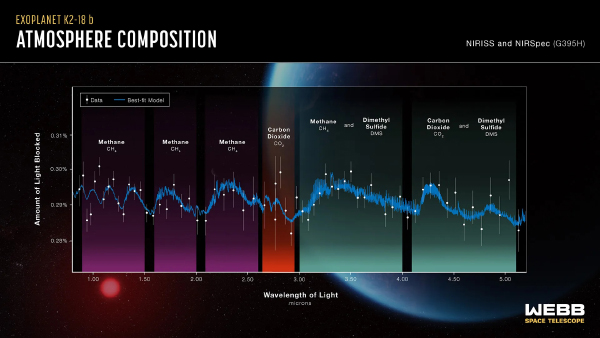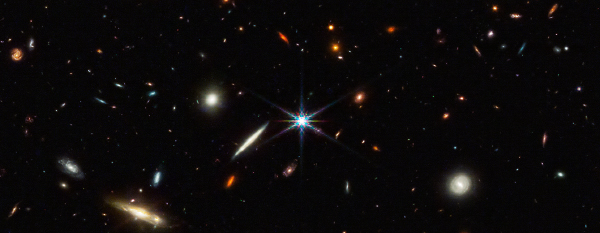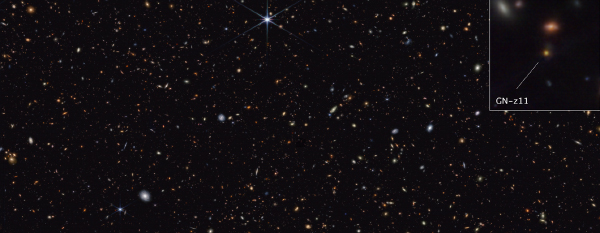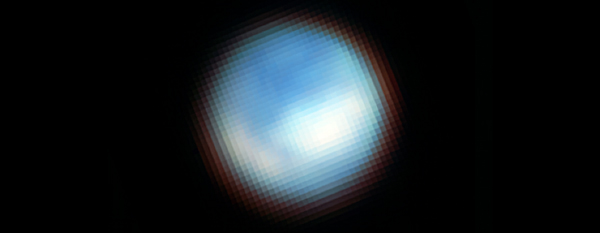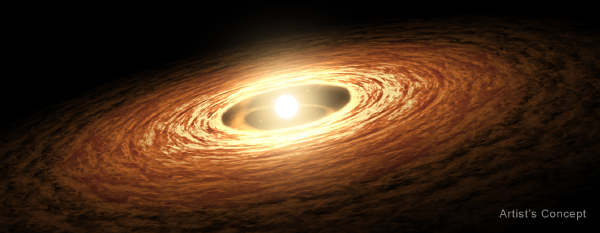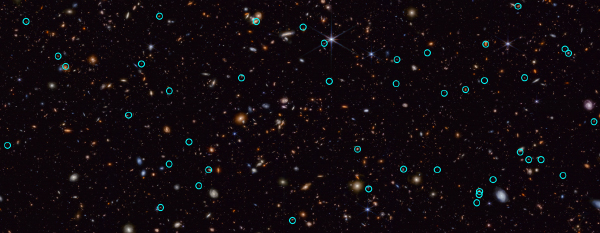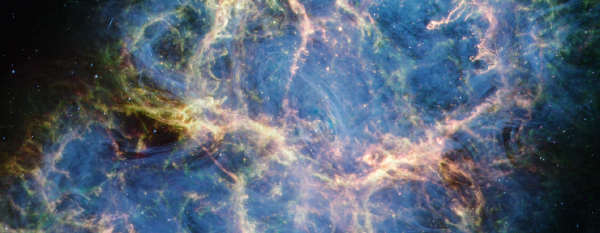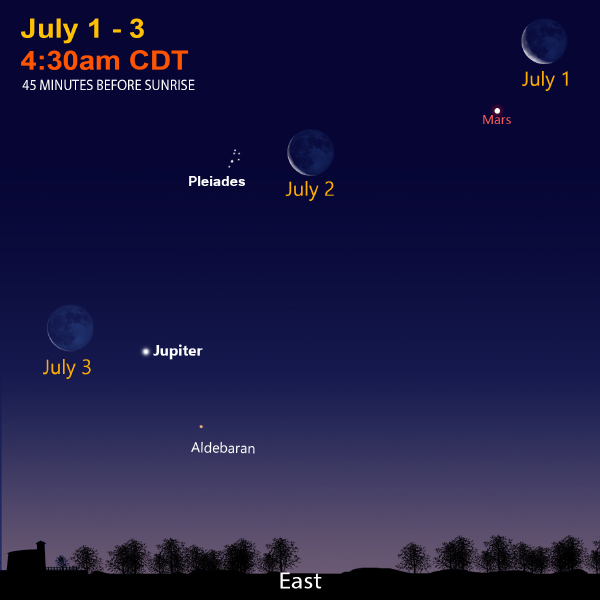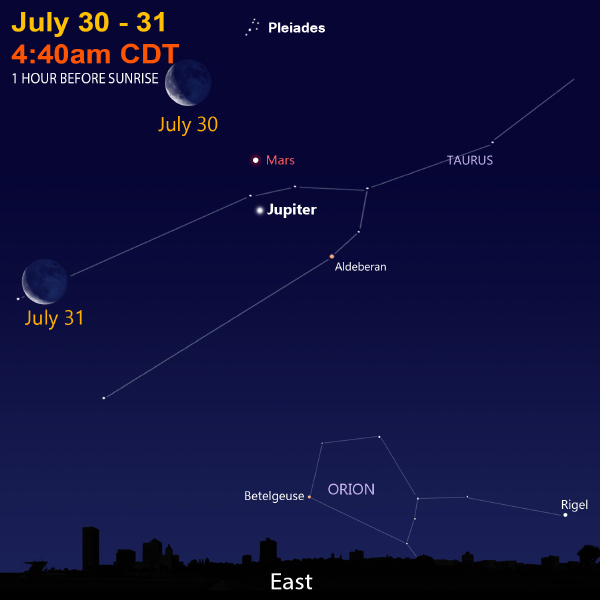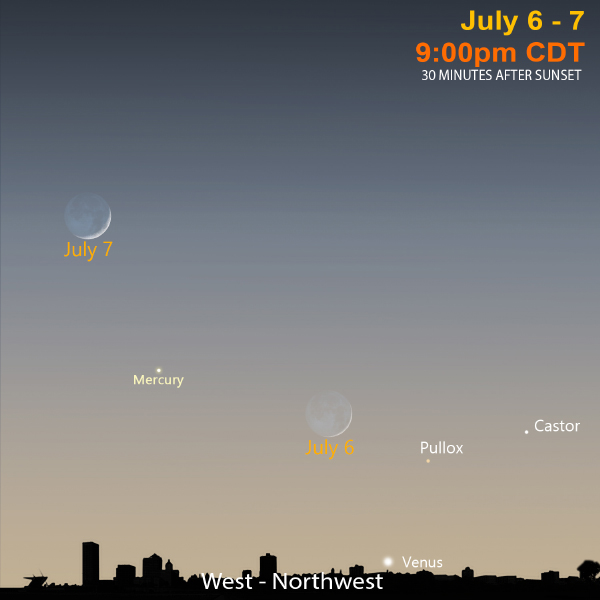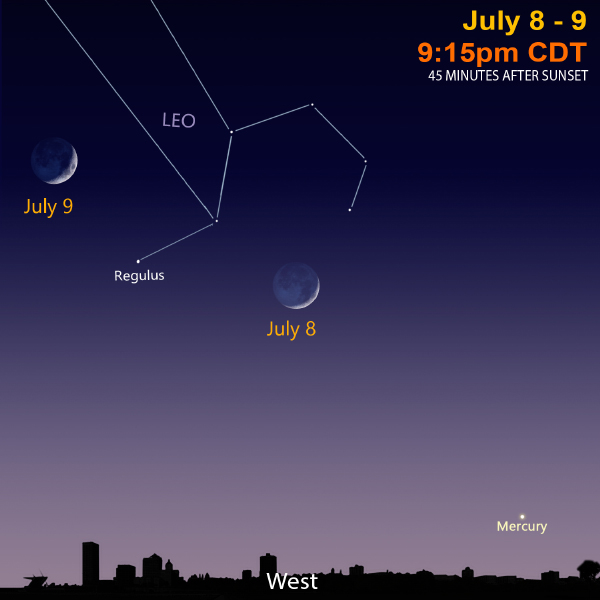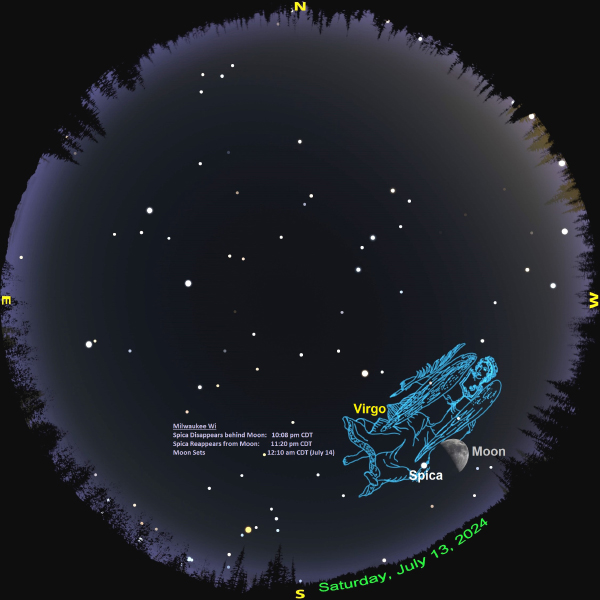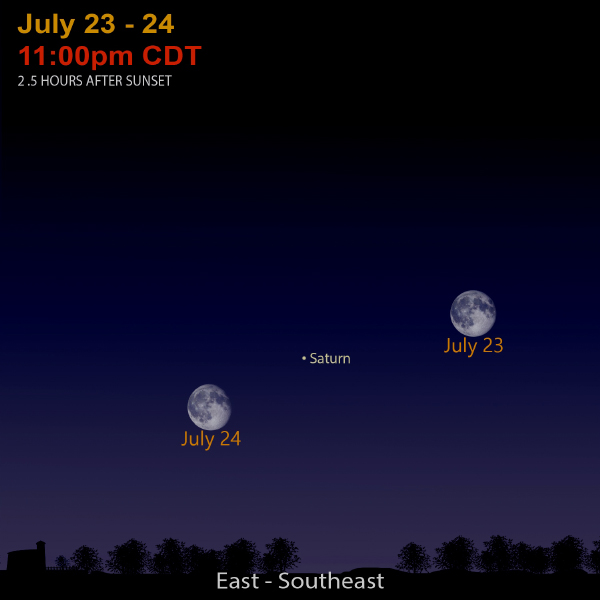Cosmic Curiosities
“Do not look at stars as bright spots only; try to take in the vastness of the universe.”
- Maria Mitchell, 19th-Century American Astronomer
Stormy Solar System
Last week we witnessed our dynamic sun and how it triggers the aurora in our skies. This month, we look closer at some planets and their wild weather!
Credit: NOAA—National Oceanic and Atmospheric Association
On Earth (my favorite planet), we have swirls all over the sky. When large clumps of cold air collide with huge pockets of warm air, the heavier cold air moves under and pushes the warm air upwards. As warm air rises, it forms clouds and, many times, heavy rain and thunderstorms occur.
Dust Storms on Planets Mars; Credit NASA/JPL-Caltech
NASA’s Perseverance rover captured swirling dust devils on the surface of Mars back in 2021. The rover captures some of this churning air to better understand the crazy thin Martian atmosphere. The atmosphere of Mars is more than 100 times thinner than Earth's and is mainly comprised of carbon dioxide. This fact makes the dust devils much less robust than Earth’s tornados. While they can add dust to the spacecraft of the surface, they once cleaned the dust off a rover!
Credits: NASA/JPL-Caltech/SwRI/MSSS/Gerald Eichstadt/Justin Cowart
Winds whip around Jupiter's Great Red Spot. This “cool” image (temps here are 250 degrees Fahrenheit below zero!) was captured by NASA’s Juno probe. It also used data from the old Voyager spacecraft that visited here more than 40 years ago. The Red Spot stretches more than 15,000 miles wide; two Earths could fit inside! It’s the largest storm in the solar system. The Red Spot was first discovered by 17th-century Italian astronomer and mathematician Giovanni Cassini. It has been roiling for more than 300 years, as far as we know. This long lifetime may be caused by Jupiter’s gaseous nature; there is no bumpy, hard surface to slow down the winds.
Credit: ESA/Hubble, NASA & L. Lamy (Observatoire de Paris)
Wowza! The aurora on Saturn is as awesome as the aurora on Earth. Their cause is the same: the sun. Charged solar particles collide with Saturn’s air and electrify the gases. When the particles collide with these atoms, they tear off countless electrons. When the electrons fall back onto the atomic nucleus—boom! You get aurora light.
The reason they occur at Saturn’s poles is the same reason they occur more at the Earth’s south and north poles. Both planets have a magnetic field around them. This is caused by their hot churning interiors. Most solar particles get deflected by a planet’s magnetic field, but some get caught in their magnetic field lines and spiral toward the poles where they crash into top of the atmosphere producing the aurora.
JWST Update
We have a cosmic anniversary coming up! The first images from the James Webb Space Telescope (JWST, or just Webb) were unveiled on July 11, 2022, two years ago! I’m not sure exactly how to celebrate, so let’s look at a few of its breathtaking images.
View higher resolution versions of these images here: Hubble | JWST
The first JWST image was a whole bunch of galaxies—simply called “Deep Field.” It was done purposely to compare it to the Hubble Space Telescope image of the same region of space: galaxy cluster SMACS 0723. Remarkably, Hubble is still going after 34 years!
Compare the two images. Webb is the “new and improved” scientific successor to Hubble. Its origin and goals sprang from Hubble’s amazing achievements. It pushed NASA and astronomers worldwide to go beyond what Hubble has already done and is still doing.
In both images, notice the bigger, spiky lights. These are foreground stars in our Milky Way galaxy. Otherwise, each light is a distant galaxy—each filled with billions and billions of stars.
Webb’s gold-coated mirrors are 6.5 meters in diameter. Hubble's mirror is a much smaller 2.4 meters in diameter.
Webb has remained busy since its launch. Here are a few images collected recently (click to enlarge each of them!):
In the last year, Webb unraveled possible evidence of a liquid ocean surface on exoplanet K2-18. Water is the key to all life on planet Earth. Every living species on our planet is more than 50% water by weight.
Here is an image of the very early universe—just 830 million years after the Big Bang. The start of our universe was 13.8 billion years ago.
This Webb photo goes back further. It reveals one of the youngest galaxies in the universe, GN-z11. This galaxy was observed when the universe was very young, just 400 million years after the Big Bang.
Closer to home, JWST found evidence of carbon on Europa, one of Jupiter’s moons, within its sub-surface ocean, signaling a potentially habitable environment in our solar system outside of our planet.
More recently, on June 6, the JWST team shared a study that reveals a disk of gas and dust around a young star. It discovered the largest number of carbon-containing molecules around such a disk. This will provide more insight on the process of planet formation around low-mass stars.
On June 10, researchers at the Space Telescope Science Institute in Baltimore, Maryland, revealed their use of Webb’s data to identify far-off supernovae within our early universe, finding ten times more than were previously known. Supernovae occur when massive stars run out of fuel and explode.
Then, just a few weeks ago, on June 17, Webb shed light on the type of star which formed the Crab Nebula, providing a new view with infrared data to explore the supernova remnant’s history and map its current state.
Space in Sixty Seconds
Spot the Moon passing planets and fireworks in the July sky.
Sky Sights
Start and end July with the Moon passing Mars and Jupiter from July 1 through 3 and July 30 and 31. These two planets will be a little higher in the sky at month’s end. Look for the bright red star Aldebaran, too.
Venus returns but really is too hard to see extremely low in the WNW after sunset. Still, if you’re dedicated with binoculars, you may catch it. Elusive Mercury is a little brighter and higher. Use a very young crescent Moon on July 6 and 7 to help find the inner planets.
The crescent Moon grows bigger as it passes through the stars of Leo the Lion.
On Saturday, July 13, spot the first quarter Moon will occult (eclipse) one of the brightest stars in the summer night sky—Spica in Virgo. Fun fact: Our best spaceship can reach the moon in about three days. To continue onto Spica, at the same speed, it would take another 5 million years!
Below are Spica eclipse times for the Milwaukee area. Check here for occultation times in other cities.
Milwaukee, WI
Spica disappears behind moon: 10:08 p.m. CDT
Spica reappears from moon: 11:20 p.m. CDT
Moon sets: 12:10 a.m. CDT (July 14)
Gaze toward the Moon and Saturn late at night on July 23 and 24, or catch them early in the pre-dawn on July 24 and 25.
July Star Map
Sign Up
Receive this newsletter via email!
Subscribe
See the Universe through a telescope
Join one of the Milwaukee-area astronomy clubs and spot craters on the Moon, the rings of Saturn, the moons of Jupiter, and much more.
Follow Bob on social media
Twitter: @MPMPlanetarium
Facebook: Daniel M. Soref Planetarium


